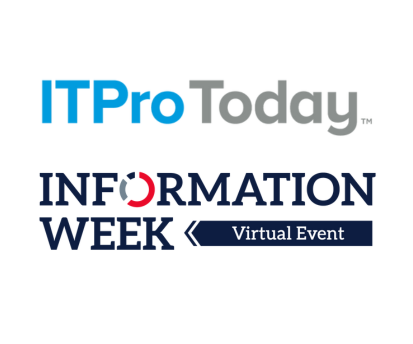New SSDs Hit The Sweet Spot For Small Businesses
We all know that quality solid state disks (SSDs) are just too expensive for small businesses to afford, right? Not so fast.

We all know that quality solid state disks (SSDs) are just too expensive for small businesses to afford, right? Not so fast.Earlier this year, Kingston introduced its SSDNow V-Series solid state disks. These disks were designed to hold down the low end of the company's SSD lineup; among other differences, they use a different controller than its more expensive models.
This is an important point, since SSD disk controllers are notorious for their uneven quality, reliability, and performance. Many system builders will only work with SSDs that use Intel controllers, although some also consider Samsung controllers to be acceptable.
In late October, Kingston dropped a big surprise: Kingston announced this morning a new 40GB 'boot' drive in the SSDNow V series that features the second generation Intel controller with 34nm MLC NAND! As many of you might be aware this is the latest and greatest SSD from Intel and is considered by us and many other reviewers as being the best SSD on the market today. In fact, the Intel 34nm G2 SSD series is the only SSD that has ever earned the Legit Reviews Editor's Choice award out of the nearly two dozen drives that we have tried out over the past couple of years. If you're interested in the gory details, including technical benchmarks, then I highly recommend the review that I link to above. For everyone else, here is what you need to know:
- First, the Kingston SSDNow V Series 40GB Boot Drive will set you back between $100 and about $130, depending upon where you buy it. This is still steep compared to SATA drives, but it's a bargain compared to other SSD units that employ this Intel controller.
- Second, pay very close attention to the model number when you buy one of these drives. The V Series 40GB drives that employ the Intel controller will have one of the following two model numbers:
- SNV125-S2/40GB (the stand-alone model) - SNV125-S2BD/40GB (a slightly more expensive desktop bundle)
If you have any doubts about which model you're getting, ask before you buy. If the retailer can't (or won't) confirm that you're buying a model with the Intel controller, take your business elsewhere.
- Third, these models are still designed for consumer and small-business users, not bigger companies looking to buy SSDs as part of a tiered storage infrastructure. Enterprise IT managers know what they need from SSD hardware (including bigger capacities and integrated caches), and they are likely to look elsewhere to find it.
Don't Miss: NEW! Storage How-To Center
Obviously, a 40GB SSD drive won't hold much by today's standards. But that isn't the point. These drives are designed to hold the operating system (a typical Win7 installation will eat about 20GB) and key applications. That won't leave a lot of room to spare, but it will get the job done.
Once you have your OS an applications installed on a SSD, try the following experiment. As soon as your desktop loads, open a couple of applications -- perhaps Microsoft Word or a beast like Adobe Photoshop.
Usually, pulling a stunt like this on a just-started system -- even one with loads of memory and a fast processor -- will leave you cooling your heels for 30 or 40 seconds. With a good SSD, you might not have time to start counting before all of the applications open.
Is this worth paying the premium for SSD technology? That's a decision you will have to make. Once you see the difference that a SSD startup drive makes, however, you might find it hard not to justify the expense, especially now that Kingston is offering a truly first-rate product at such a reasonable price.
About the Author(s)
You May Also Like
How to Amplify DevOps with DevSecOps
May 22, 2024Generative AI: Use Cases and Risks in 2024
May 29, 2024Smart Service Management
June 4, 2024





